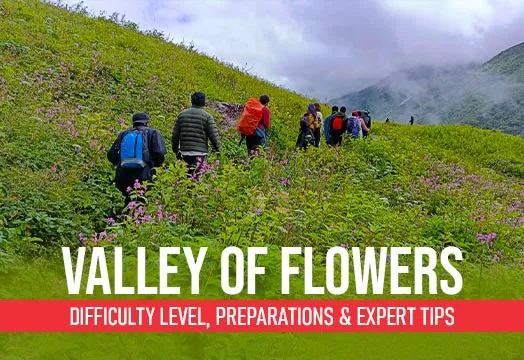Winter treks are immensely popular and get a lot of attention. While trekking on the snow is fun and adventurous the snow can sometimes be treacherous if the proper measures are not taken. Trekking through the snow is not a piece of cake and it takes serious skills to trek through the snow. Only those who have hiked in snow can understand the struggles of it. But, there is no need to worry. These tips will make your trek through the snow easier. Follow them to walk more efficiently on the snow.
Walking On Hard Snow
- Crampons And Microspikes For Hard-Packed Snow
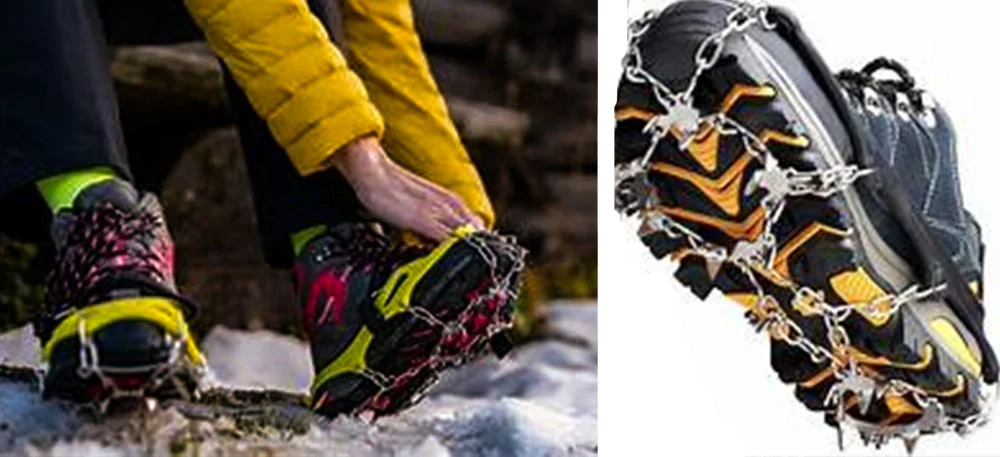
When trekking on hard-packed snow, you need to wear footwear that is specifically designed for the purpose. Use crampons or microspikes if the snow has transformed into hard ice, they keep you stable on hard-packed snow. Crampons and microspikes offer excellent traction in snow conditions and make your treks easier
- Gumboots For Slippery Ice
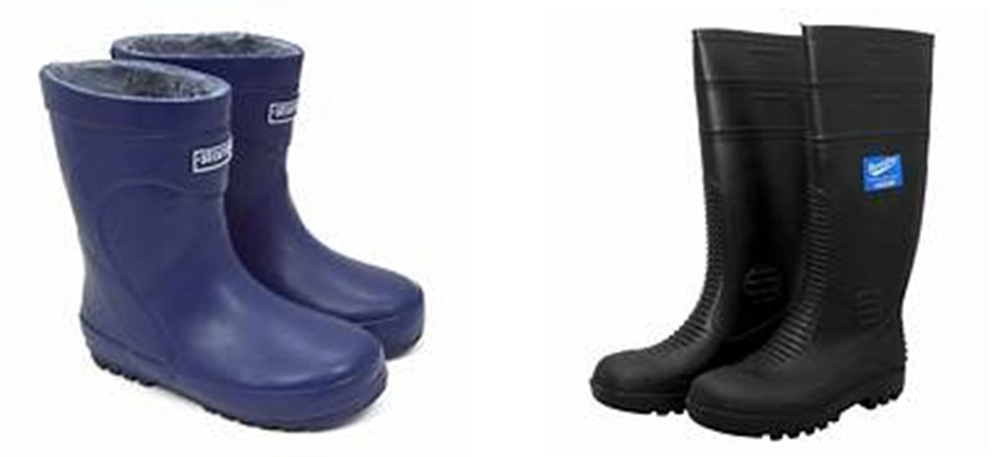
For slippery ice, like the Chadar trek, gumboots are the best choice. Gumboots offer a great grip and they prevent skidding on the ice. Also, these boots offer a good amount of insulation, keeping your feet warm and dry.
- Ascending On Hard Snow
While ascending, keep the foot straight, bend your knees and bend your body from the hip. Leaning forward slightly while climbing will help you keep your balance. Leaning backward offers less balance and stability and you do not want to fall or slip on your trek. Keep your chin up to prevent yourself from pushing yourself too far forward.
- Descending On Hard Snow
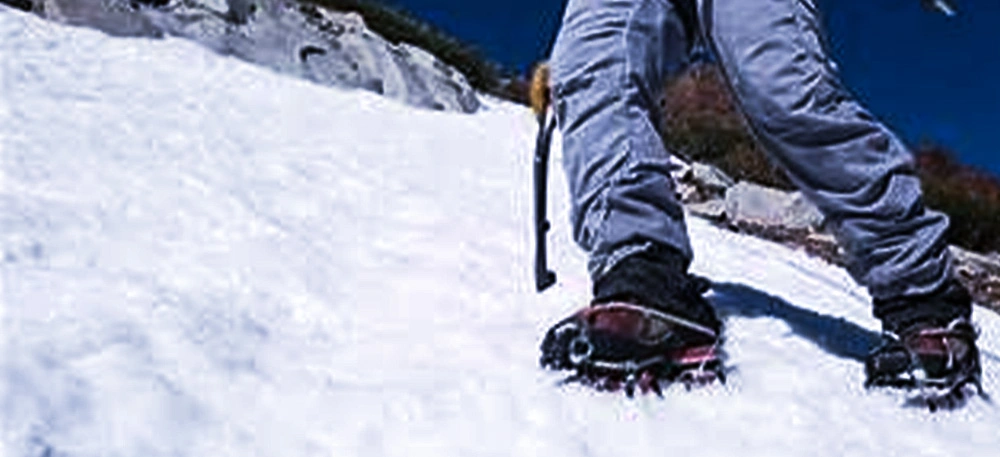
While descending, walk slowly and keep your feet straight or slant as per your level of comfort. Make sure the entire foot comes in contact with the ground for a solid grip. This allows a lot of friction and avoids slipping. Take small steps as keeping your feet too far apart increases your chance of falling. Do not run on snow either.
Walking On Loose Snow
- Ascending On Loose Snow
Walking on loose snow can be pretty exhausting. When ascending, kick in with your toe a little and ascend as if climbing on stairs. Step on footsteps created by your guide or trekkers ahead of you & try to place the whole foot on the step. Don’t raise another foot unless you are sure your front foot is stable. Sometimes, your foot may go deep in snow but there is no need to be scared. Get proper support by using a trekking pole and use it to find a stable footing ahead.
- Descending On Loose Snow
While climbing downhill, use your heel to lock your feet in the loose snow. Put your entire weight on the foot and slowly let your feet slide down (a few inches) until your foot is stable. Once you have found a stable footing, then only take the next step. Follow the same technique as you move all the way down.
- Moving Sideways On Loose Snow
When moving sideways, follow a straight line without going up or down the slopes. use the edges of your foot to kick on the snow and create steps. Push the steps forward, leaning towards the mountainside to pave your way. Avoid putting your weight on the valley side. When moving forward, do not lift your hind feet until your front feet are stable and solidly placed. Follow this technique all your way. Use a trekking pole for balance.
Overall Snow Safety Tips
- Always use a trekking pole with a snow cap. It helps both for loose and hard-packed snow.
- Follow your trek leader’s instructions and observe their steps. Try to copy their footwork, especially the kicking techniques.
- Use an ice axe only if you have prior experience in handling the equipment. If not used properly, an ice axe can also injure you.
- Use gaiters in loose snow to prevent ice and snow from getting inside your shoes.
- Waterproof shoes are best for loose snow. After long hours of walking in the snow, the shoes are susceptible to getting wet. Therefore, make sure your shoes are waterproof.
- Sometimes, a lot of strength is required for kicking in extremely hard snow using crampons.
- Choose the right shoes with a good amount of insulation to avoid frostbite. For example, for treks like Stok Kangri or Kang Yatse, snow boots like Scarpa are used to avoid frostbite. Low temperatures above 5000 meters and long hours of exposure to snow during summit attempts affect the feet.
When trekking through snow, follow these tips for safe and comfortable walking.
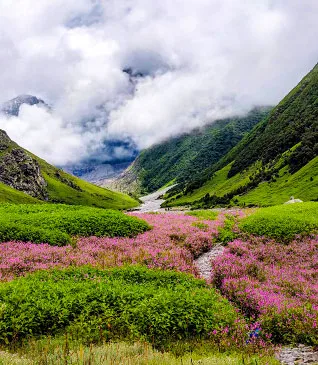
.webp)
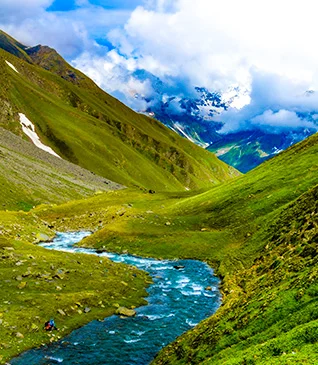
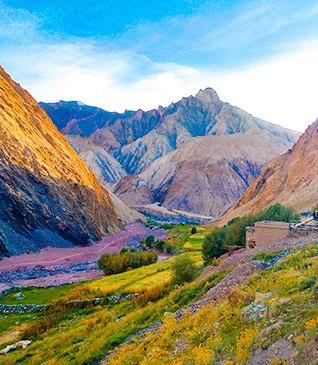
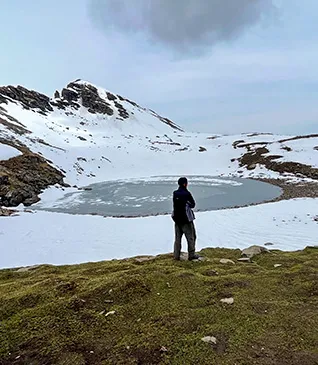
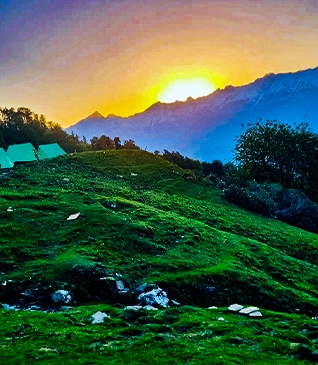
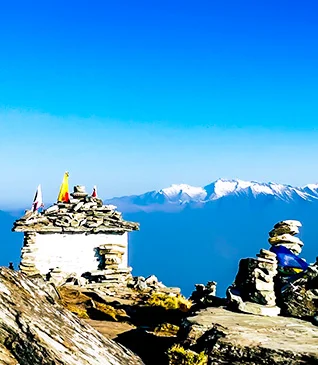
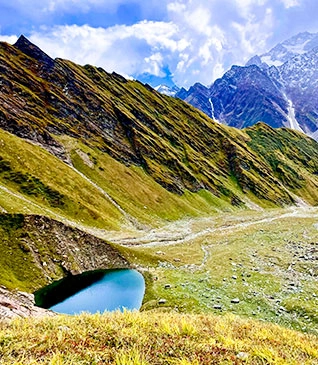
.webp)
.webp)
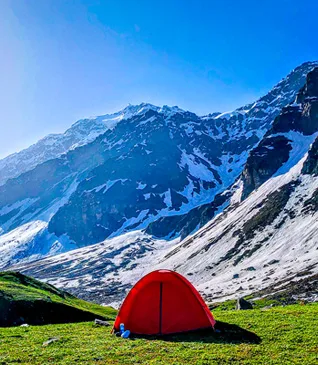
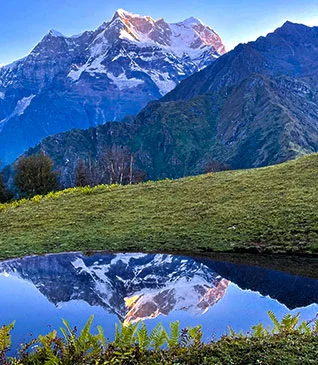
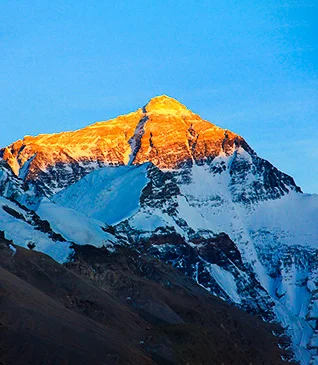
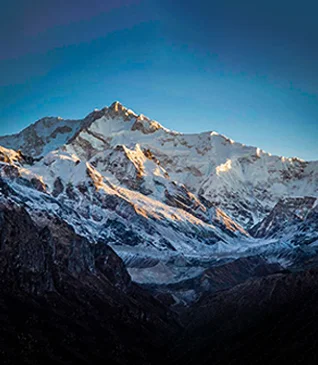
.webp)

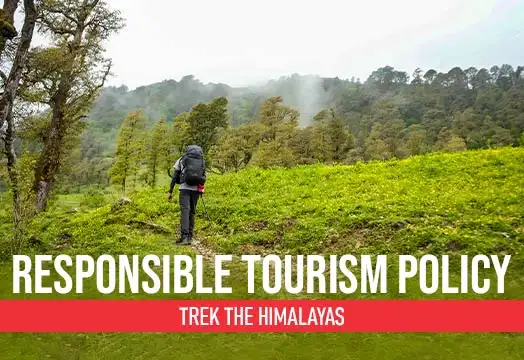

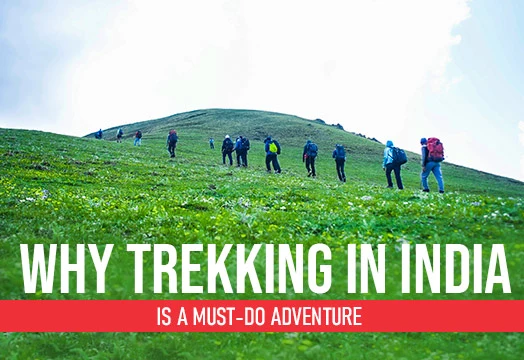


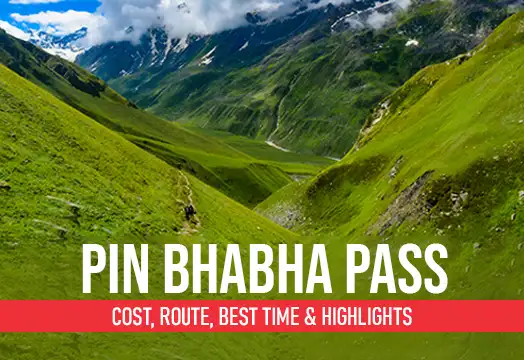

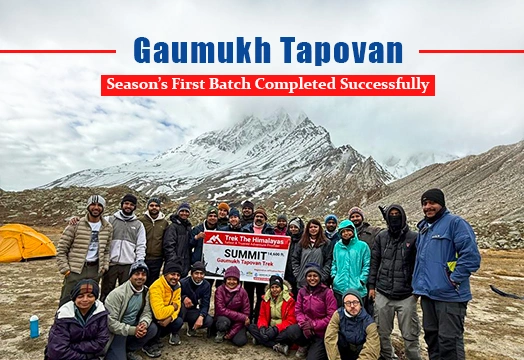

.webp)
